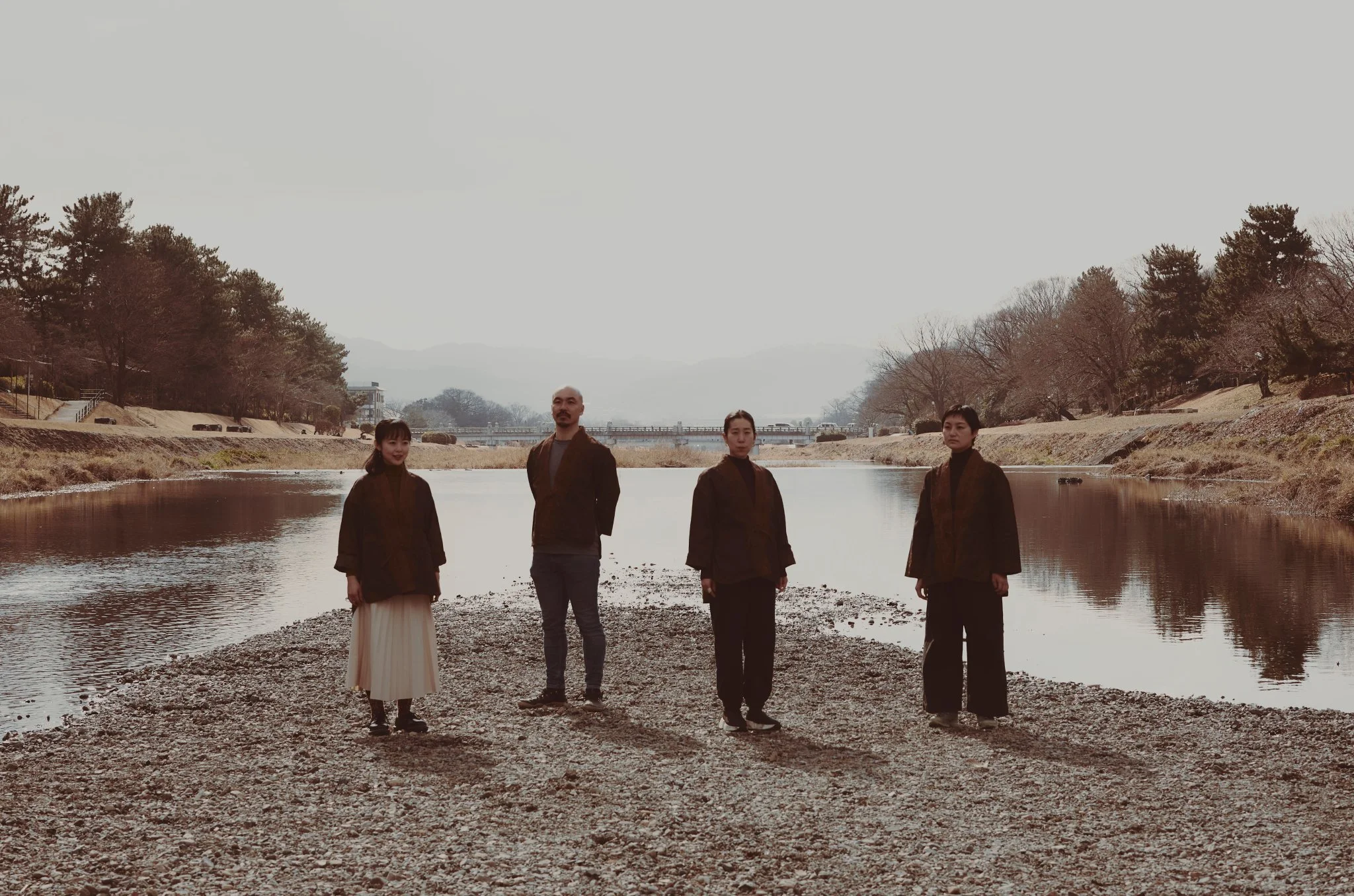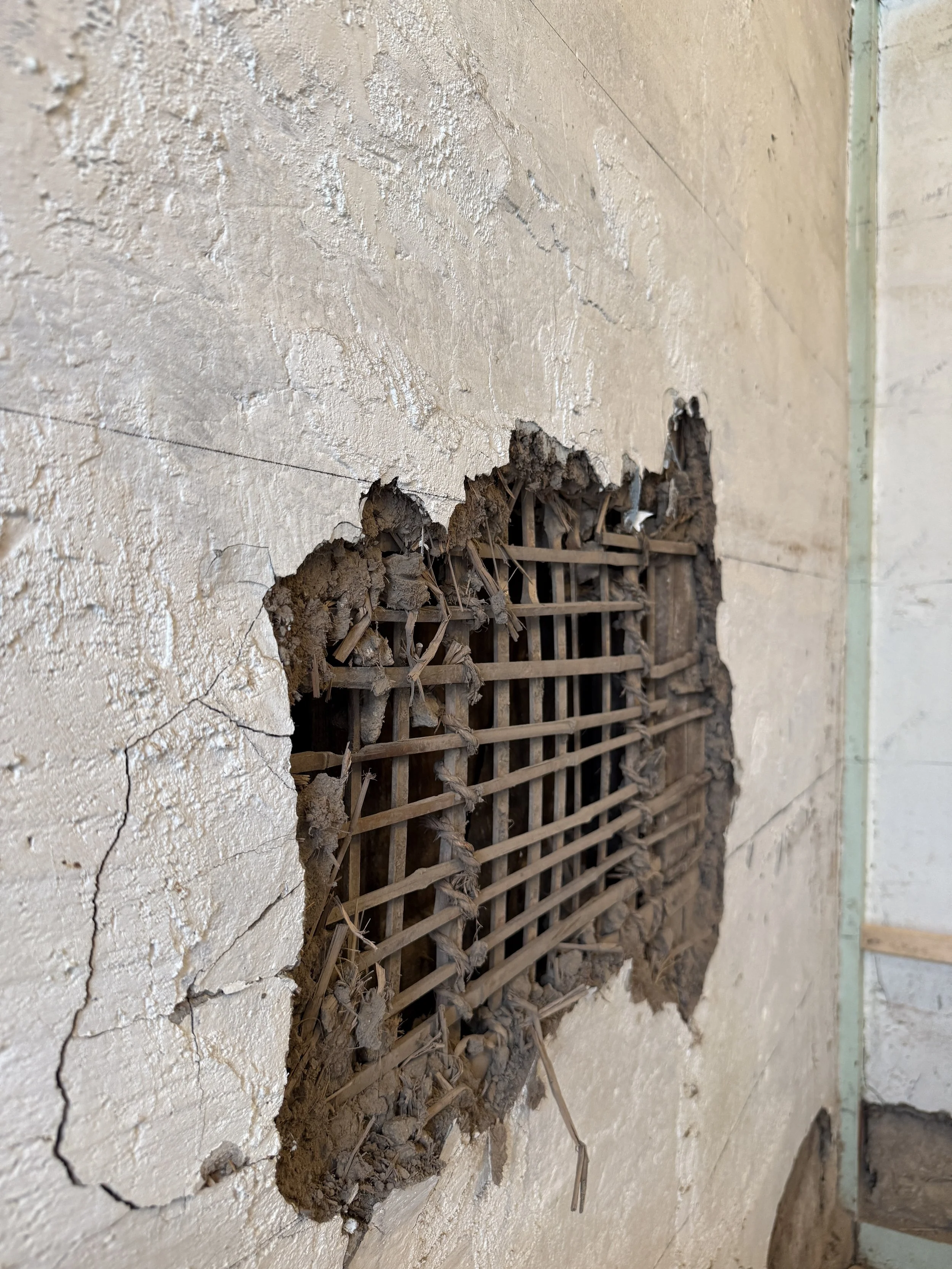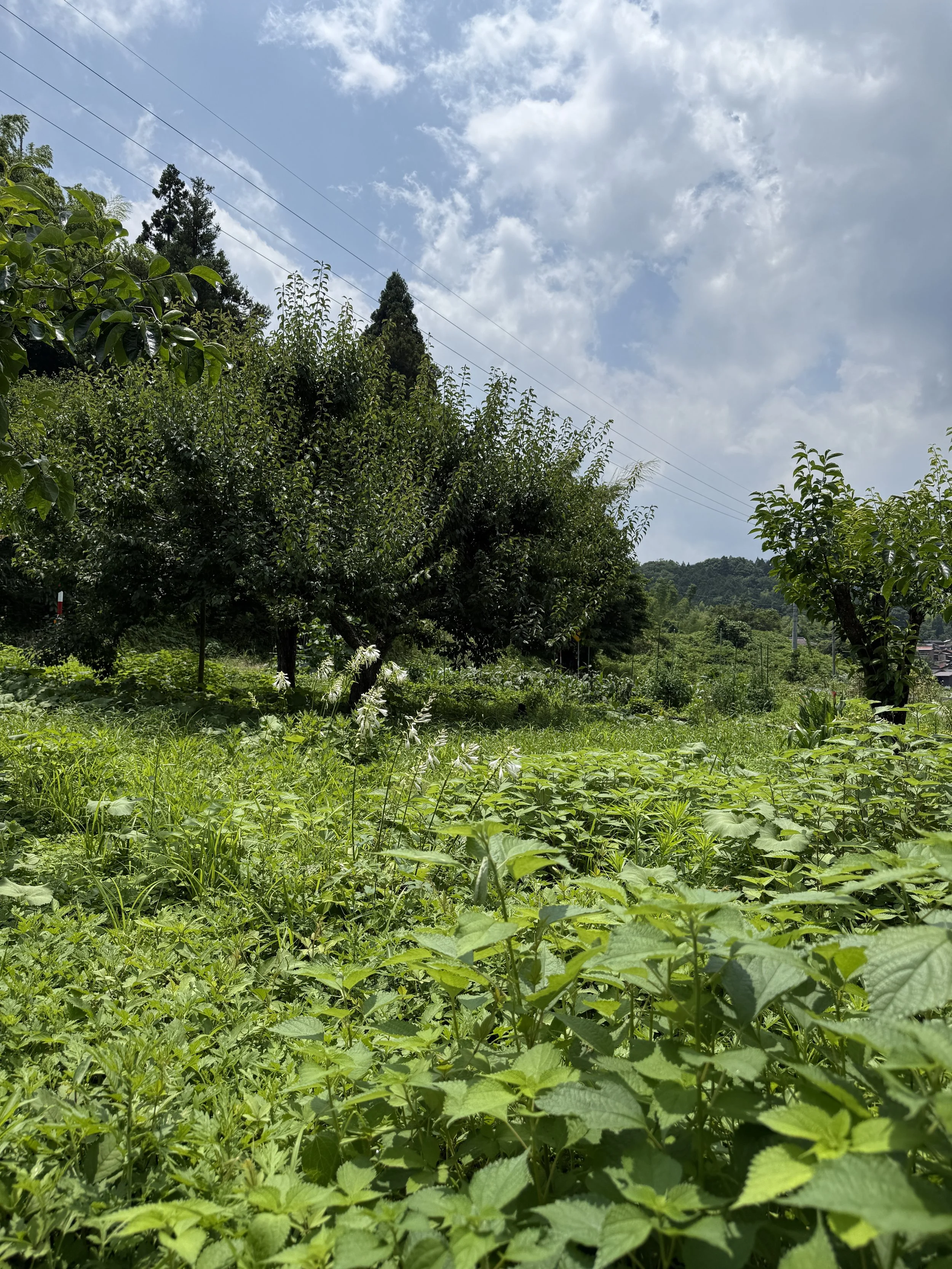SEARCH JOURNAL ENTRIES

プレスリリース: オンライン体験型プログラム「Fieldwork Club(フィールドワーククラブ)」を2025年秋に始動予定
株式会社 京都研究所(本社:[京都市中京区]、代表取締役:中村 桃子)は、日本各地の伝統素材の技術や風土をものづくりを通じて実践的に学ぶ新プログラム「Fieldwork Club(フィールドワーククラブ)」を2025年秋より本格始動いたします。

Press Release: Launching “Fieldwork Club”: An Immersive Online Program Exploring Heritage Japanese Materials
Kyoto Research Institute (KRI), an independent research organization dedicated to traditional Japanese materials and craftsmanship, is proud to announce the upcoming launch of its immersive online program, Fieldwork Club, beginning Autumn 2025.

Microseason: Occasional Flash Rains
It’s the last microseason of Summer and the sky becomes volatile once again. Thunderclouds rapidly gather, and sudden downpours, brief but intense, sweep across the countryside. Unlike the long, steady rains of tsuyu, these bursts of precipitation arrive with force, transforming fields, roads, and waterways in a matter of minutes.

Microseason: Humid Air Saturates the Earth
As the full weight of Midsummer descends, the earth becomes damp, and sultry heat prevails. The soil no longer drinks eagerly as it did during rainy season. Instead it now holds moisture tightly, and heat seems to rise from within the earth itself. This saturation unique to Summer is seen in seasonal literature and architectural design.

Microseason: Paulownia Begin to Fruit
Great Heat. The hottest sub-season of the traditional microseasonal calendar has arrived. For the next two weeks, we are said to experience peak heat. If Small Heat, is the rehearsal, then Great Heat is the live performance. The season is marked when the purple flowers of the paulownia tress give way to hard-shelled fruit across the countryside.

Microseason: Young Hawks Study Skills
In preparation to live independently, young hawks learn how to fly and hunt around this time of year. Hawks are known for their exceptional flight capabilities, able to maneuver freely through the sky. Among the animals most closely associated with authority and refinement is the hawk.

Microseason: Lotus Flowers Pop
This time of year, admirers can be found searching for lotus flowers in parks and temples at dawn. The flower’s significance lies in its lifecycle. Emerging from the history that is muddy, marshy waters, the handsome lotus stands tall, and flashes open its striking flower that lasts a mere four days.

Microseason: Warm Wind Arrives
In the traditional Japanese palette, the color green is a relatively recent distinction. For much of Japan’s history, what we now identify as green was encompassed within the broader category of ao. Historically, ao did not refer solely to what is called blue in English. Rather, it described a wide range of hues.

Microseason: Mid-Summer Flora Emerge
Appearing shortly after Summer Solstice, Mid-Summer flora emerge. The season when we greet one another not with a simple good morning or good evening, but add that we cannot believe that we are already "circling back".

Microseason: Irises Flower
Mid-summer in the Japanese archipelago means that irises begin to unfurl their distinctive blooms. Irises carry medicinal significance, as well as aesthetic. Though often grouped together under the term “iris,” in Japan we categorize irises into three types: shobu, ayamé, and kakitsubata. Each refers to a different species with unique habitats, forms, and cultural associations.

Microseason: Prunella Wilt
Prunella with its violet flower spikes, appear briefly before withering in the heat. Utsubogusa has long been used in traditional Japanese medicine for its cooling and anti-inflammatory properties. In traditional medicinal practices, it has been categorized as bitter and cold, suited to clearing internal heat and reduce swelling.

Microseason: Plums Ripen Yellow
As rice paddies fill with water and fireflies show-off their light, a subtle change unfolds in nearby gardens, orchards, and mountain groves. The green fruit of the umé tree begins to ripen into a blushed yellow.

Microseason: Withering Flora Birth Fireflies
Our ancestors believed that fireflies were born from decaying grass. This impression may have arisen from the hidden transformation of their larvae, which pupate within the soil and later emerge as glowing adults. The mystery of hotaru seemed to spring forth from withering vegetation.

Microseason: Praying Mantises Emerge
The emergence of the praying mantis marks an early summer transition. Tiny hatchlings, newly released from their protective eggs, hop onto the surrounding grasses. Kamakiri is one of the few insects widely recognized across Japan as a beneficial presence in the field.

Microseason: The Autumn of Wheat
This microseason marks the Autumn of Wheat. Golden fields flood the Japanese countryside. Stalks heavy with ripe grain sway in the breeze. Whilst early June, “Autumn” is leveraged to express that wheat has fully matured and harvest season is upon us.

Microseason: Safflowers Flourish
Vibrant orange-red benibana flourish across Japan this time of year. Benibana is deeply rooted in Japan’s traditional dyeing culture, creating a spectrum of reds. The valuable benibana dye was once essential in the textile arts and courtly garments, as well as an aromatic oil used in traditional medicines and cuisine. Without benibana, kimono, hair accessories, and lip coloring would lack their distinctive hues.

Microseason: Silkworms Wake to Eat Mulberry Leaves
This late May microseason marks the moment when silkworms awaken and begin to feed on fresh mulberry leaves. This is not merely a biological observation but a cultural marker, announcing the beginning of Japan’s traditional sericulture, the cultivation of silkworms and the production of raw silk.

Microseason: Bamboo Shoots Arise
Young bamboo spears push through the earth during this microseason. With their tensile strength, rapid growth, and elegant verticality, bamboo has long played a foundational role in Japanese life, not only for its aesthetic appeal but for its enduring utility across architecture, craft, cuisine, and ritual.

Microseason: Earthworms Appear
Earthworms hatch during this microseason, and come into full activity by mid Summer. A small but profound signal of the earth’s awakening. Like in many cultures around the world, earthworms are referred to as "nature’s plough". They turn and aerate the soil through their constant burrowing, enriching the earth as they go.

Microseason: Frogs Begin to Sing
It's the first of Summer and frogs begin to sing. As temperatures rise, rice paddies and country meadows fill with the resonant chorus of frogs, their voices marking the full emergence of the season. These early calls signal more than a shift in weather. They announce the beginning of the agricultural cycle.
